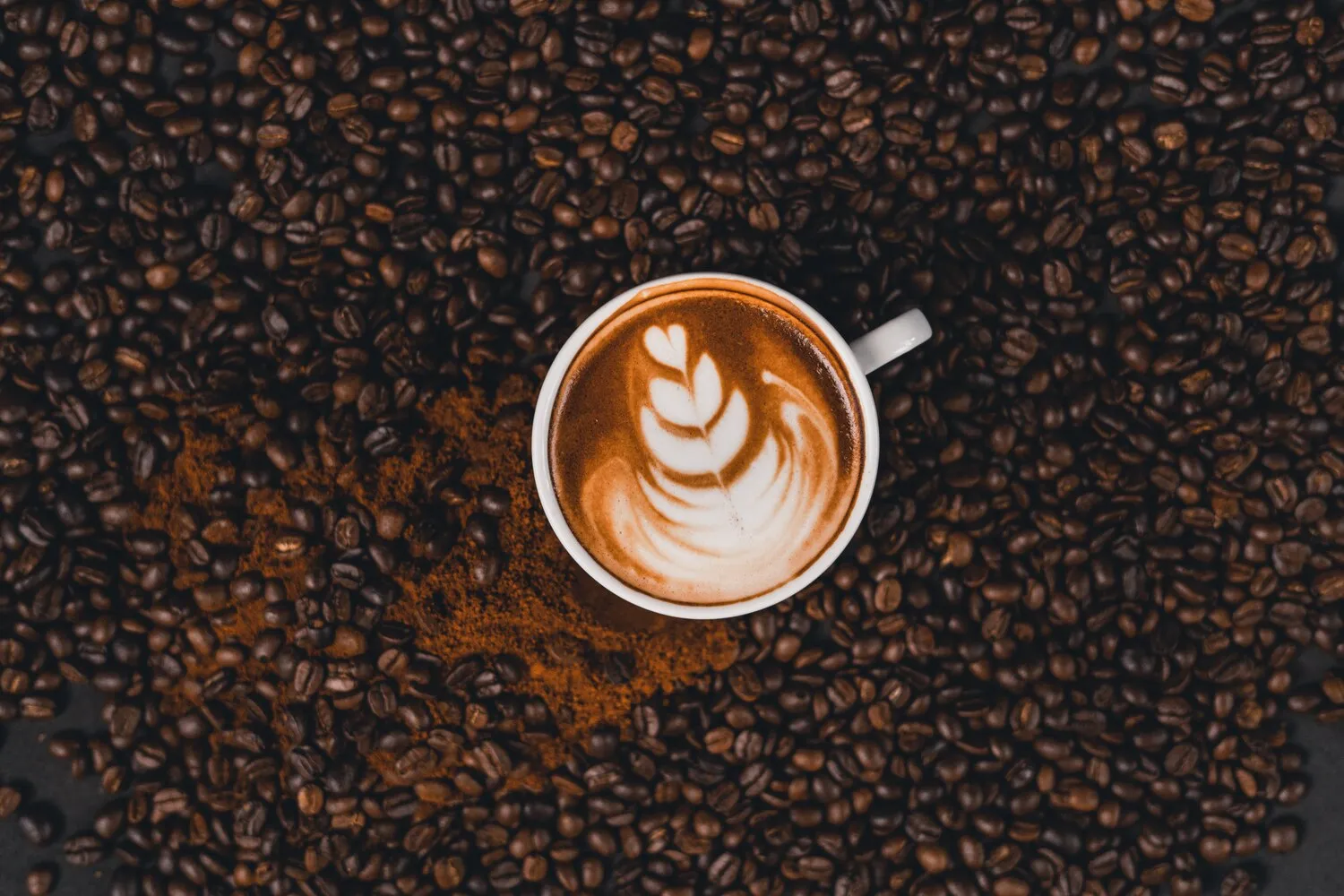
Caffe
Selection of classical coffee.
Nutrition Facts
* The % Daily Value (DV) tells you how much a nutrient in a serving of food contributes to a daily diet. 2,000 calories a day is used for general nutrition advice.
Coffee's journey to Italy began in the 16th century, arriving via Venetian traders. Initially viewed with suspicion by some in the Catholic Church, it quickly gained popularity in Venice and then spread throughout the Italian peninsula. The establishment of coffee houses, or 'botteghe del caffè,' mirrored the social and intellectual ferment occurring in other parts of Europe. Italians have since refined and perfected coffee preparation, creating several iconic styles.
Coffee culture is deeply ingrained in Italian daily life. It's more than just a beverage; it's a social ritual, a moment of pause, and a symbol of Italian hospitality.
Social Ritual
Coffee is often consumed standing at the bar ('al banco') in a quick, social interaction. It's a common practice to chat with the barista and other patrons.
Time of Day
Certain coffee drinks are traditionally consumed at specific times of the day. Cappuccino, for example, is typically enjoyed in the morning, while espresso is appropriate at any time.
Coffee Bars as Social Hubs
Coffee bars are integral social hubs, places for quick meetings, reading newspapers, or simply observing daily life.
Post-Meal Digestivo
Espresso often serves as a digestivo after a meal, aiding in digestion and providing a final flavorful note.
The flavors in a selection of classical Italian coffees range from intensely bold and bitter to subtly sweet and aromatic, depending on the preparation method and bean selection. Expect rich, roasted notes with varying levels of acidity and body.
Espresso, the foundation for many Italian coffee drinks, is characterized by its concentrated flavor, crema (a reddish-brown foam), and slightly bitter profile. Cappuccino offers a balance of espresso, steamed milk, and foamed milk, resulting in a creamy and slightly sweet taste. Macchiato features espresso 'marked' with a small amount of foamed milk, delivering a stronger coffee flavor with a hint of sweetness. Caffè Americano, diluted espresso with hot water, provides a milder, yet still flavorful, coffee experience. Each coffee utilizes different extraction techniques and milk ratios to develop unique flavor profiles.
Ordering Etiquette
When ordering at the bar, it's customary to pay first at the 'cassa' (cashier) and then present your receipt to the barista.
No Cappuccino After 11 AM
Avoid ordering cappuccino after 11 AM; it's generally considered a breakfast drink. An espresso or macchiato is a more appropriate choice later in the day.
Specify Your Preference
Don't be afraid to specify your preference for 'ristretto' (short, concentrated espresso), 'lungo' (long espresso), or 'corretto' (espresso with a shot of liquor, often grappa).
Skip the Sugar
Try the coffee without sugar first to appreciate its natural flavors. Many Italians drink their espresso straight.
Explore additional Drinks dishes and restaurants
Explore DrinksDiscover top dining spots and culinary experiences in Wels.
Explore WelsLearn more about the food culture, restaurant scene, and culinary heritage of Austria.
Explore Austria